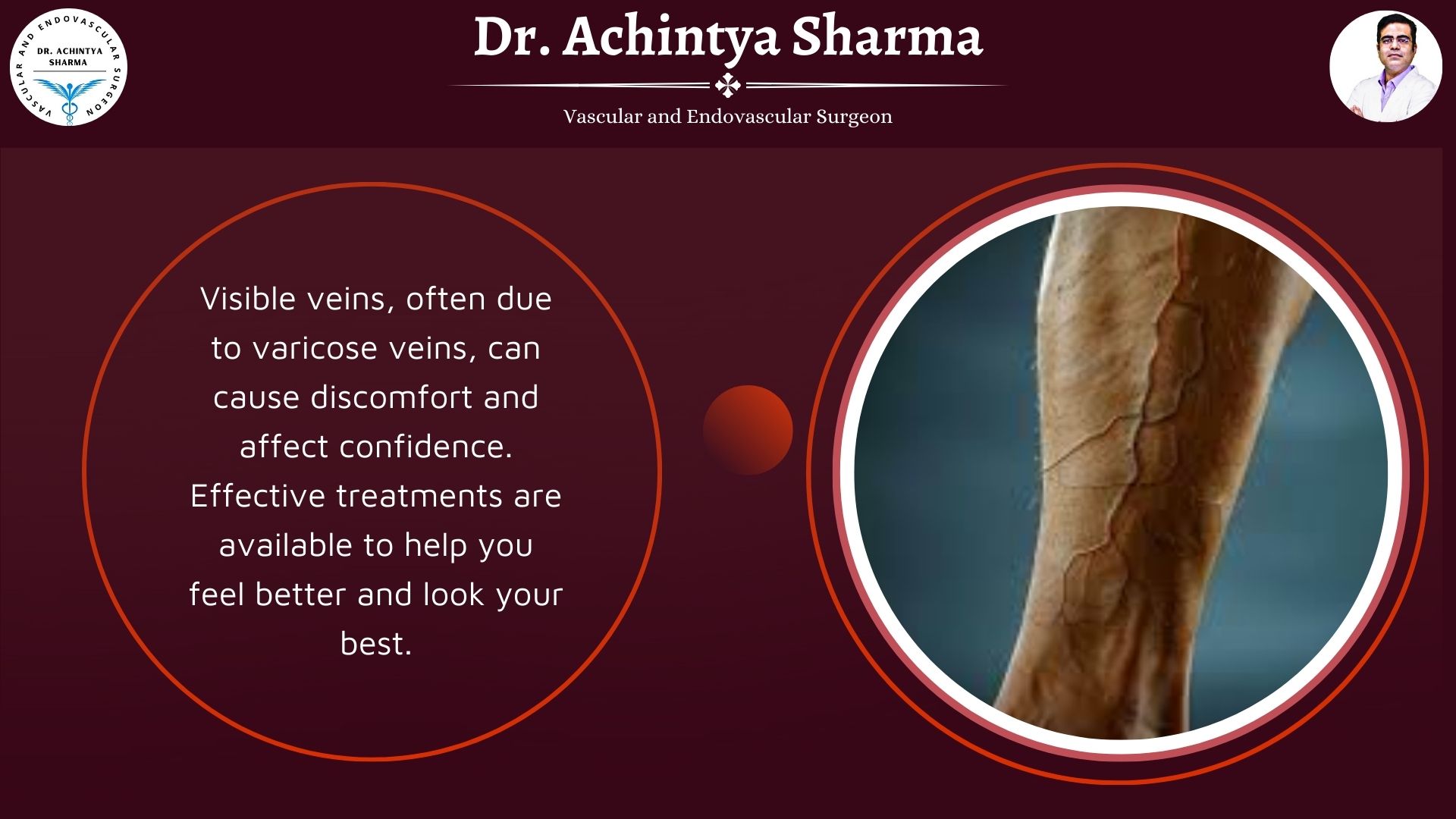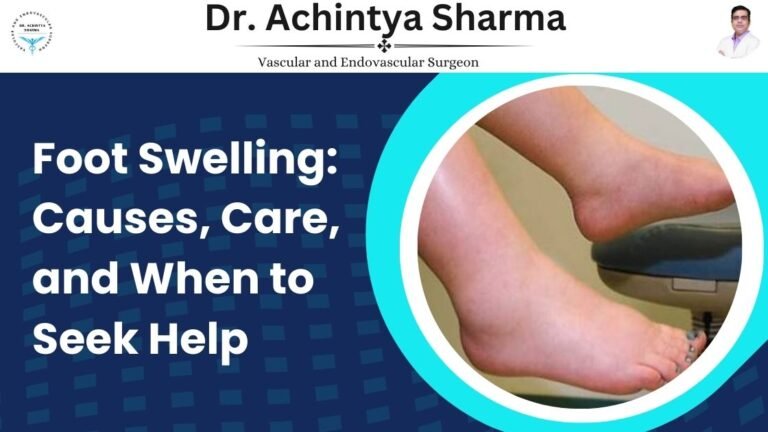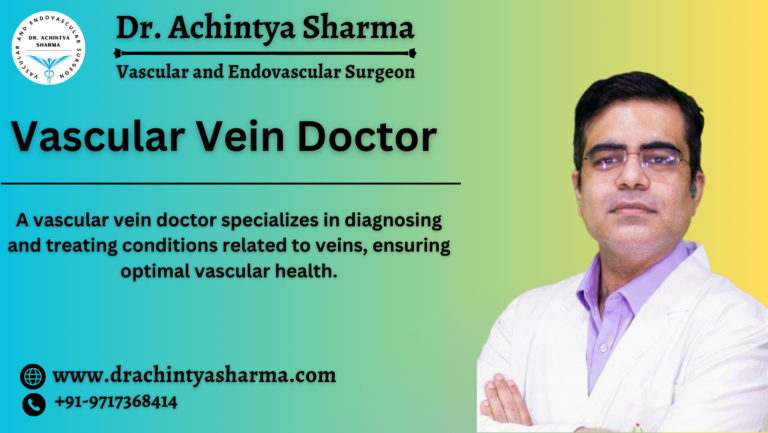Visible veins on the legs are a common concern for many people.These veins often appear as bluish, purple, or bulging lines under the skin. While they might seem like a cosmetic issue, they can sometimes indicate underlying health conditions, such as varicose veins. Understanding the causes, symptoms, and treatment options for visible veins on legs is crucial to addressing this concern effectively.
Causes of Visible Veins on Legs
There are several reasons why veins on the legs can become more visible for many people.. Genetics plays a significant role; if your family has a history of vein problems, you are more likely to develop them. Aging is another contributing factor, as vein walls and valves weaken over time, making veins more noticeable. Prolonged standing or sitting, common in certain professions, can strain leg veins, leading to increased visibility. Hormonal changes during pregnancy, menopause, or while taking hormonal medications can also affect vein health. Additionally, obesity and lack of physical activity are significant contributors, as excess weight and inactivity put pressure on the veins and hinder blood flow.
Symptoms of Visible Veins on Legs
The appearance of visible veins on legs is often accompanied by various symptoms. Many individuals experience aching or heaviness in the legs, especially after prolonged standing or sitting. Swelling around the ankles is another common symptom. Some may notice itching or burning sensations near the veins, along with skin discoloration or dryness in the affected areas. These symptoms are often associated with vein issues that require attention.
What Are Varicose Veins?
Varicose veins are a specific type of visible vein that is enlarged and twisted. They occur when vein valves fail to function properly, causing blood to pool instead of flowing back to the heart. While varicose veins are a type of visible vein, not all visible veins on legs are varicose veins. Understanding the distinction is essential for accurate diagnosis and treatment.
Risk Factors for Vein Issues
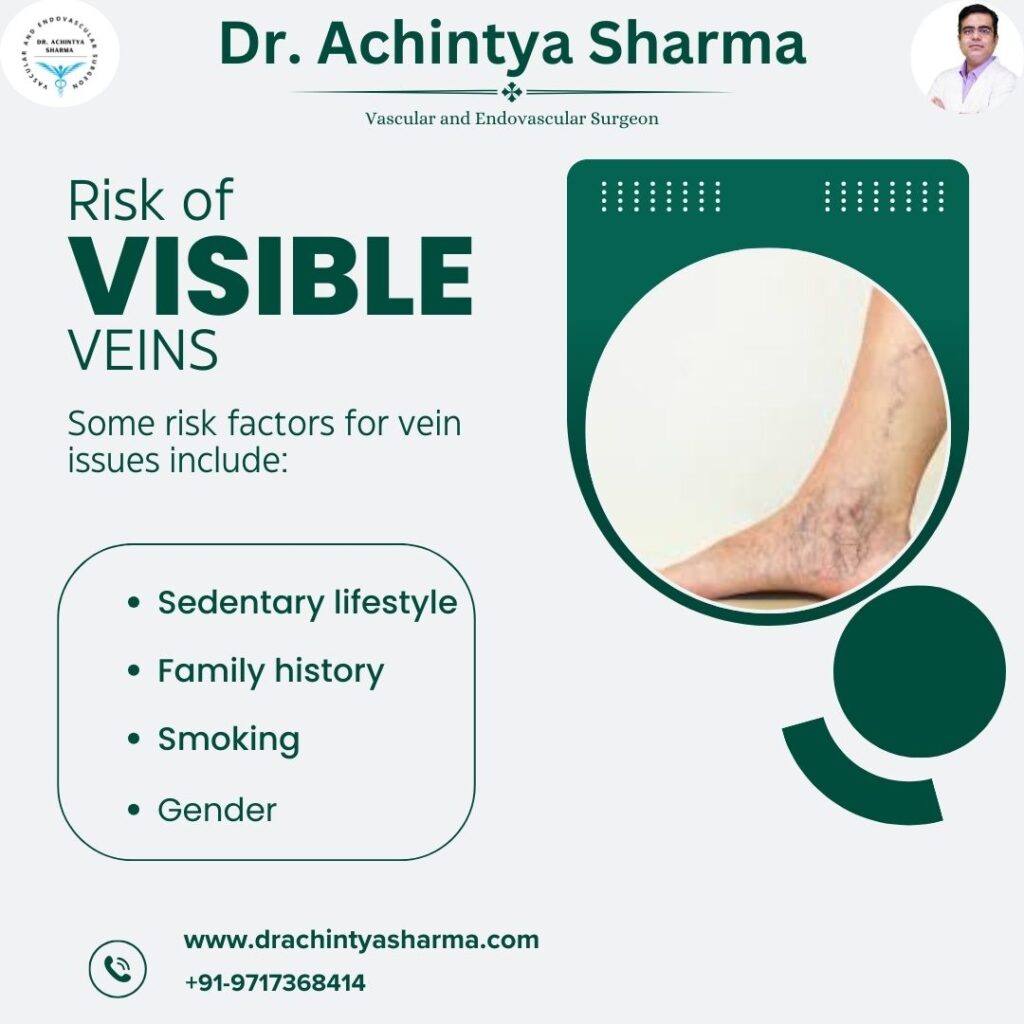
Several factors increase the likelihood of developing visible veins on legs or varicose veins. Age is a significant factor, as the risk rises with advancing years. Women are more prone to these conditions due to hormonal changes. Pregnancy is another contributing factor, as increased blood flow during this time places extra strain on veins. Sedentary lifestyles and obesity also heighten the risk, as both conditions negatively impact blood circulation and vein health.
Diagnosis of Visible Veins on Legs
If you notice visible veins on legs, it is essential to seek medical evaluation. A doctor will typically perform a physical examination to assess the condition. They may also use ultrasound imaging to evaluate blood flow and check for any underlying issues, such as varicose veins or blood clots. Early diagnosis is crucial for effective management and prevention of complications.
Treatment Options for Visible Veins on Legs
There are various treatment options available for visible veins on legs, ranging from lifestyle changes to medical procedures.
Lifestyle Changes
Making lifestyle changes can significantly improve the appearance of visible veins on legs. Regular exercise, such as walking or cycling, promotes blood circulation and strengthens vein walls. Maintaining a healthy weight is also vital, as it reduces the pressure on leg veins. Elevating your legs periodically helps improve blood flow, while wearing compression stockings supports vein function and minimizes swelling.
Medical Treatments
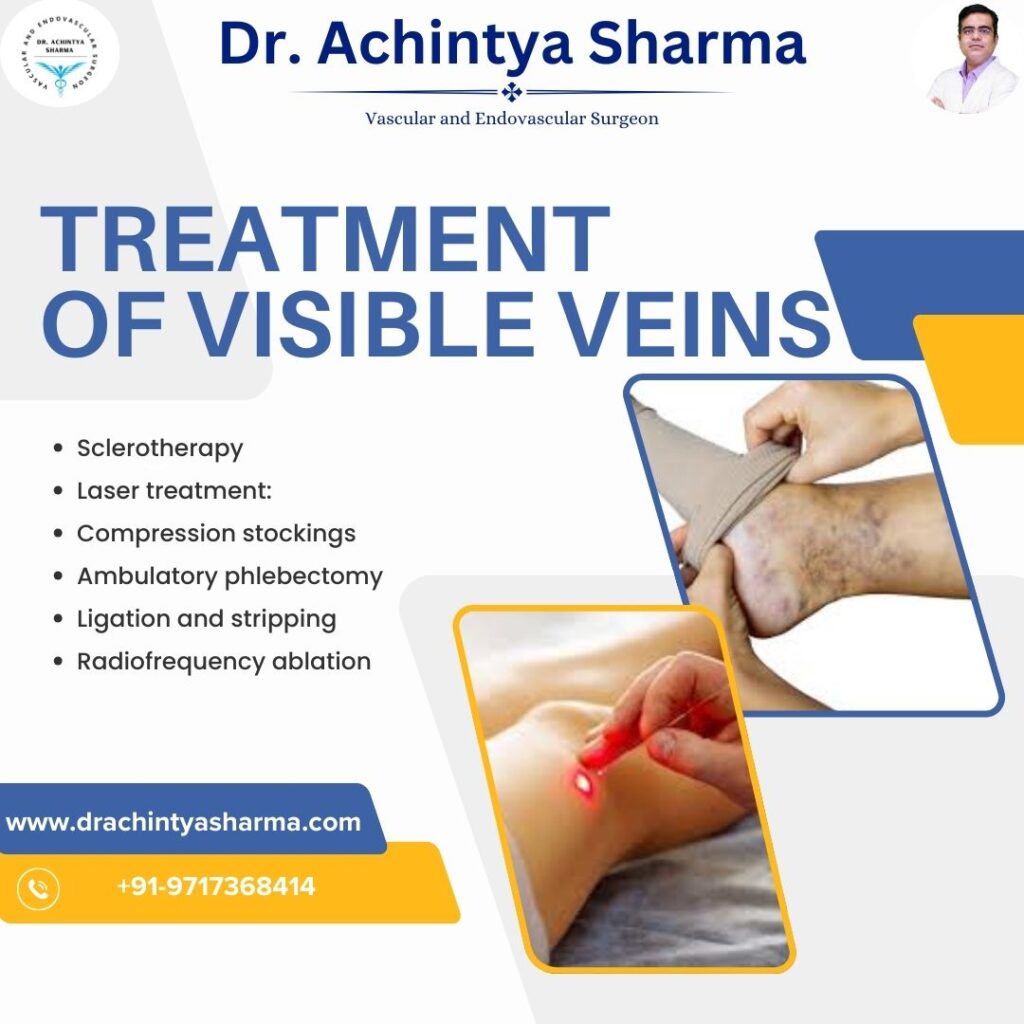
In more severe cases, medical treatments might be needed. One option, sclerotherapy, involves injecting a special solution into the affected veins, which helps them shrink and gradually disappear. Laser therapy is another non-invasive option that uses targeted light to reduce visible veins. In advanced cases, procedures like vein stripping or endovenous ablation may be recommended. These treatments involve surgically removing or sealing off damaged veins to restore proper blood flow.
Preventing Visible Veins on Legs
Prevention is key when it comes to visible veins Staying physically active is one of the most effective preventive measures, as regular movement improves circulation. Avoid sitting or standing for extended periods, and take breaks to stretch or walk around. Wearing compression stockings can provide additional support, especially for those at higher risk. Maintaining a balanced diet and a healthy weight further reduces the strain on your veins. Lastly, avoid wearing high heels and tight clothing, as these can restrict blood flow and contribute to vein problems.
When to See a Doctor
Visible veins are not always a medical concern, but certain signs warrant professional evaluation. If you experience persistent pain, swelling, or discomfort, it is essential to seek medical advice. Warmth, redness, or tenderness around the veins could indicate an infection or inflammation. Changes in skin texture or color near the veins should also be assessed by a healthcare provider. Early intervention can prevent the condition from worsening and ensure effective treatment.
Conclusion
Visible veins on legs are a common issue that can affect both appearance and comfort. While they are often harmless, they can sometimes signal underlying health concernsUnderstanding what causes visible veins, recognizing the symptoms, and knowing the treatment options can really help in managing the condition effectively.Lifestyle changes can often alleviate symptoms, but medical treatments may be necessary for more severe cases. If you experience significant discomfort, consult a healthcare provider for personalized advice and treatment.

